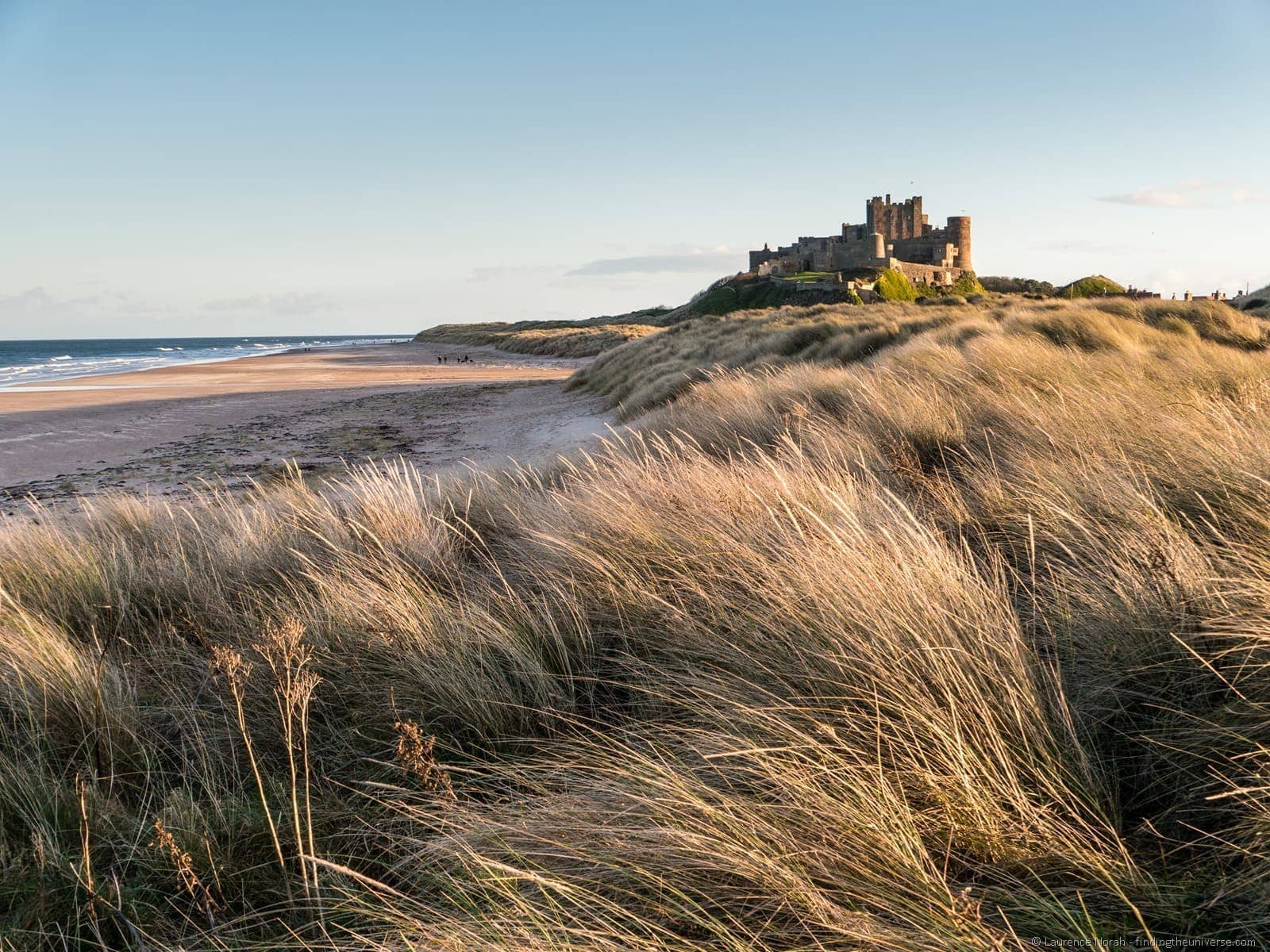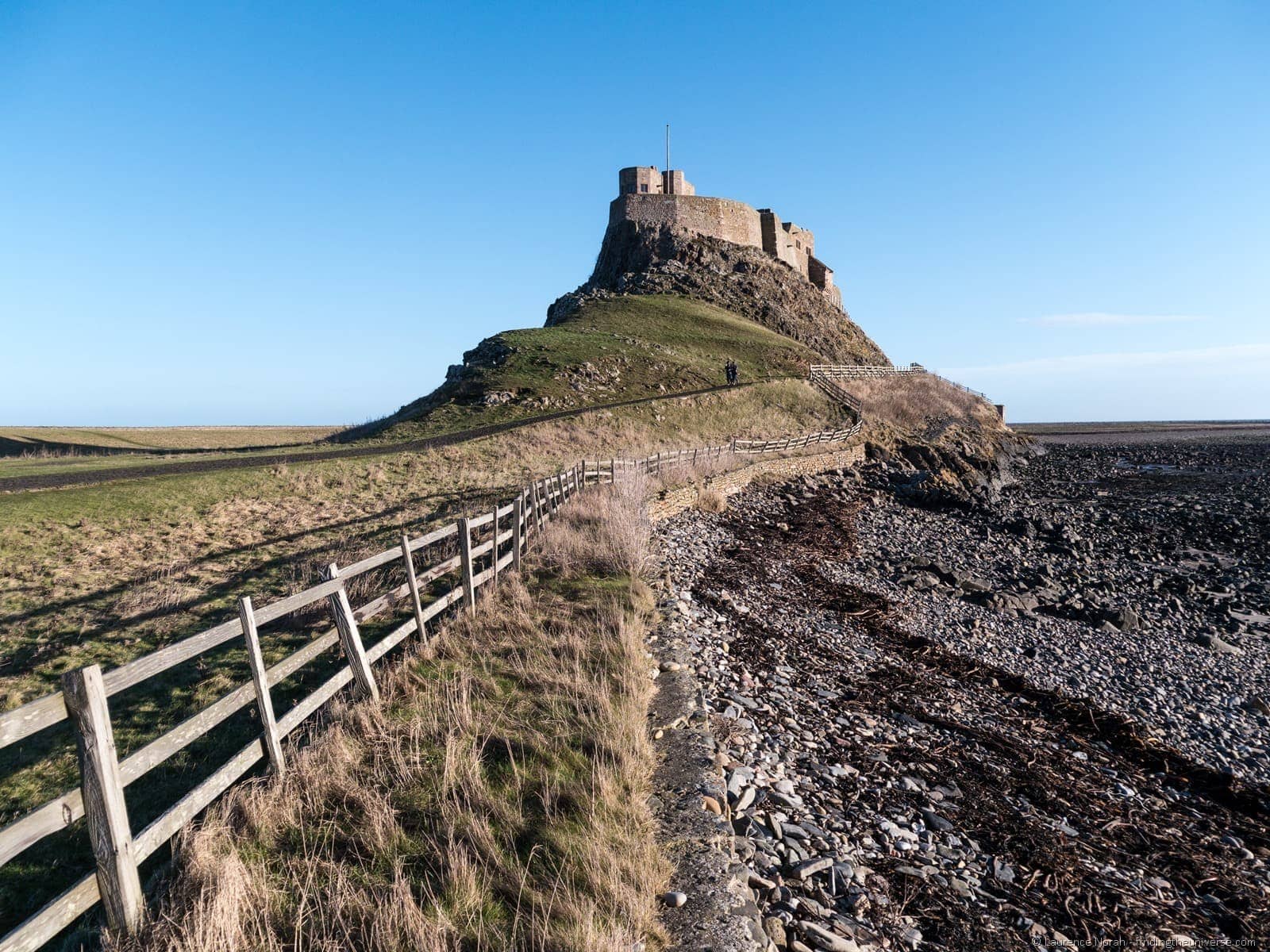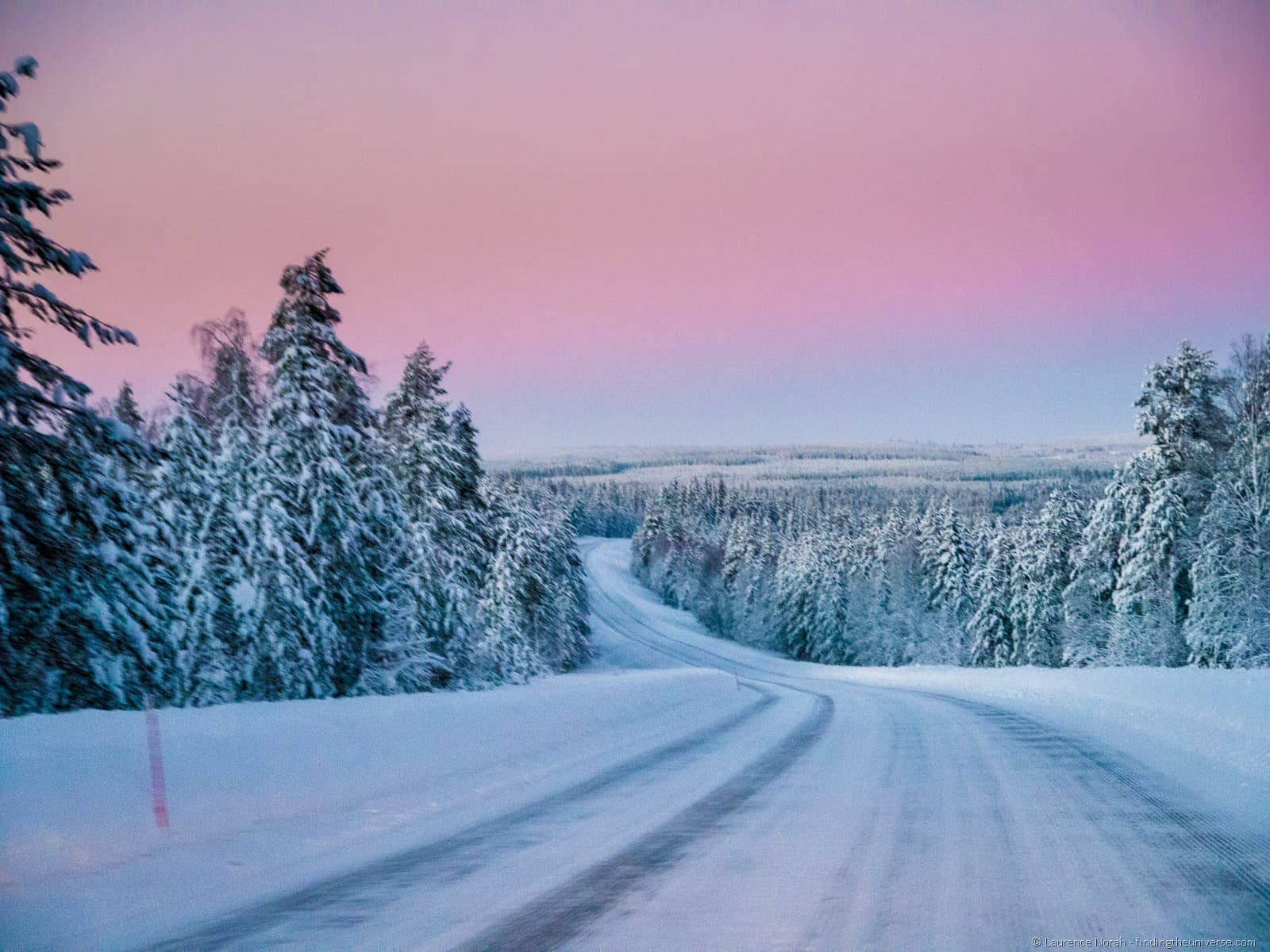Towards the end of 2014 I was contacted by Panasonic UK who asked if I’d be interested in trying out one of the mirrorless cameras from their range – the Panasonic Lumix G6 – as a part of their Lumix G The One programme.
For those of you not au-fait with a mirrorless camera, it offers many of the advantages of a traditional SLR camera – interchangeable lenses, great image quality – in a much smaller and lighter package. Not having a mirror inside the camera body means manufacturers can really trim the fat.
I was of course interested to try a mirrorless system out and see how it fit into my normal travel photography workflow. As you probably know, my normal photography gear is kind of bulky and not exactly subtle, so having something light and easily portable as an option was very appealing.
So how have I found it?
Well, let’s have some photos first.
For reference, Lumix sent me the G6 with the standard kit lens, a 14-42mm along with an 80-175mm telephoto zoom. With the 2x crop factor of the micro four thirds, this is the equivalent of a 28-84mm and a 160-350mm lens on a full frame – a good pair of lenses to cover a wide range of shots, from fairly wide to far away subjects such as wildlife.
Bamburgh castle on England’s north east coast. Wonderful evening light let me try out a nice wide landscape shot.
Close up shots work nicely too, giving nice depth of field and sharp detail on the subject. The beer, enjoyed whilst sitting on a beach in Sri Lanka, was also pretty good.
I’m pleased to report that the camera has performed well in even extreme conditions, as cold as –35C, although I’d not recommend stress testing it in your freezer or anything. This shot is from Finnish Lapland in Winter, where the sun vaguely makes it’s presence known for a few hours a day.
Meteora in Greece was one of my favourite destinations of 2014, and you can probably see why – the gorgeous rock formations are a photographer’s dream come true!

The Good
Let’s take a look at some of the things I love about this camera:
- Weight. This camera is light. With the standard lens and battery fitted, it comes in at 485g, or 17 ounces. That’s less than most of my lenses on their own! So you barely know you have it with you most of the time.
- Wireless file transfer and control. With built-in wifi, you can control this camera from your smartphone. It’s even NFC enabled, which means pairing with your NFC capable smartphone requires just a tap, after which it’s very easy to pull images off the phone (see caveat below) as well as remotely control the camera entirely from the phone.
- Controls. The camera has all the automatic scene modes you can want, as well as a niffy panorama app. If you don’t want to leave auto, the camera will do a damn fine job of shooting for you. On the other hand, if, like me, you’re all about taking control, it has full manual control, as well as shutter, aperture and bulb modes. There are also plenty of control dials to get you what you want.
- Image quality. I have to admit, the image quality has impressed me, even shooting with a kit lens. I had a play around with some of the fast Zeiss lenses as well, and those results were even better. I have no doubt that pairing this camera with some of those high quality lenses would result in fantastic images, and I look forward to testing those out soon.
- Lens availability. Unlike a normal point and shoot, this camera lets you switch lenses, and as the micro four thirds standard is well established, there are plenty of great lenses to choose from. Panasonic and a number of other manufacturers, including Leica and Olympus, create lenses for this standard. Everything you might need as a photographer is covered, from fisheye lenses, to ultra wide angles, to fast primes, to super zooms. All in this fantastic easily portable size!
- Image Stabilisation. The camera features lens based optical image stabilisation, which does a great job of helping reduce image blur as a result of handshake, giving sharper images.
- Fast burst. With the ability to fire off up to seven frames a second, I can be sure not to miss a moment of action. Should I take up action photography that is.
- Silent operation. The camera can, slightly creepily, be set to operate totally silently – no shutter noise, no beeping, nothing. This is great for those moments when you don’t want to make it obvious that you are taking photos, or when noise is generally inappropriate
- The rotating screen. This is a feature I got used to very quickly and now hate not having on my Canon! The ability to rotate the screen in any direction allows for some really creative shooting options, such as putting the camera low to the ground and still being able to compose a shot
- More about that screen. Another really handy feature of the screen is being able to touch it to focus, even when looking through the electronic viewfinder – I just have to touch the screen to change the focal point, which is a really neat option.
The Not So Good
Like everything, this camera isn’t perfect. Most of these niggles are minor, but they are worth mentioning.
- Wireless RAW support. Shooting in RAW, as I do and you really should too, means that the images can’t be transferred to the smartphone app as it doesn’t support RAW format images. You have to shoot in RAW+JPG, which takes up excessive memory space, or JPG only. My Canon 6D allows me to shoot in RAW and transcodes these images to JPG on the fly when I send them to my smartphone, so I know this sort of thing is possible. Hopefully fixable with a firmware update.
- Inconsistent wake from sleep. If I am shooting with the electronic viewfinder and the camera goes to sleep, when it wakes up it goes back to shooting using the backscreen. Whilst switching back to the viewfinder is only a button press away, this is counter-intuitive and slows me down.
- Noisy at higher ISO. Low light performance is good, but not excellent, with images starting to be noisy at 1600 ISO and above. Admittedly, I am somewhat spoilt coming from my Canon 6D, so I suspect this isn’t going to be a serious issue for most, but worth bearing in mind if low light photography is a major thing for you.
- No built in GPS. GPS is a super handy feature for remembering exactly where a shot was taken. Admittedly there is a feature where you can use the smartphone app to track your location and then synchronise this with your images, but that’s a clunky solution that I can’t see many people using.
That pretty much sums up my thoughts on the Lumix G6. Here are a few more photos to show you what this camera and I have been up to…
I started off 2015 with a trip around the incredibly picturesque Glencoe valley in Scotland, and this was the cosy hotel I stayed at.
16th century Lindisfarne Castle on Holy Island, England, can only be reached at certain times of day when the tide is right.
Yep, Finland at –35C is a cold place.
And that’s it for this post! Thanks to Panasonic UK for providing me with the camera and lens to wander around with – all the photos in this post were taken using the provided camera and lens set up.















Leave a Reply